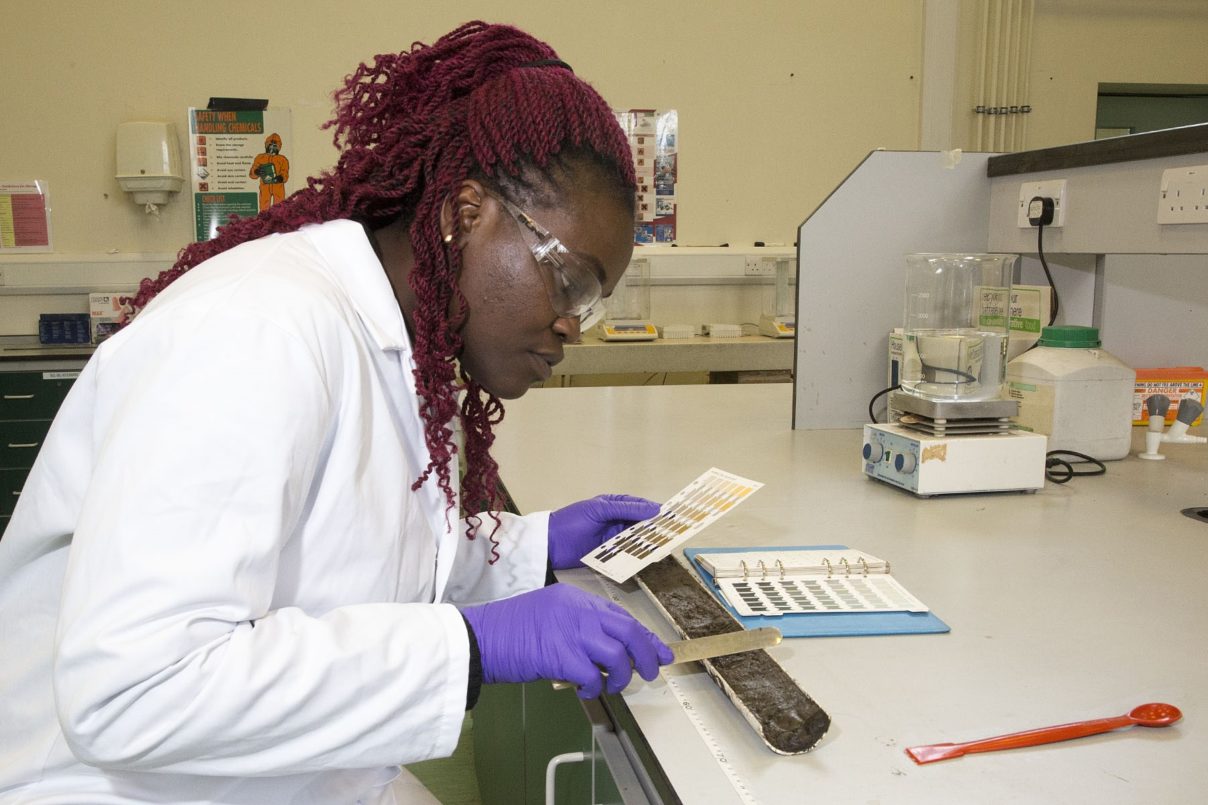Effective Laboratory Written Guides

Laboratory guides include instructions for practical considerations including health and safety notes on the equipment and materials being used.
Laboratory guides can be used for different subject areas, typically for scientific workshops, but also for subjects such as Maths and Computer Science, where aspects such as programming or formulaic work may be carried out. Typically, they are used in environments where there is limited access to equipment and materials and the learner must take responsibility for their practical work.
Laboratory guides give instruction for learners on how to carry out the laboratory work, often guiding them through the procedures from set up to conclusion. These guides may be used in conjunction with a demonstration in the laboratory or for self-guided learning. These can be particularly useful in computing subjects where screenshots, instructions and exercises can form a self-guided learning package.
Best Practice Tips
- Guides must be written in a clear and concise way, which allow the learners to follow the instructions step-by-step.
- Equipment, tools and materials (such as chemicals) required for the laboratory should be clearly listed. Images may be useful for first year students to help them identify equipment and materials.
- Any health and safety information should be included at this point, e.g. handling chemicals safely, wearing protective clothing, adhering to computer guidelines with regard to screen time and seating position, as well as security.
- An introduction clearly explaining the purpose of the lab should be given at the beginning. Depending on the level of the student this may be a hypothesis for them to prove or disprove (higher level students), or, at lower levels, simple experiments or workshops designed to teach them laboratory practice. The latter will include some demonstration or additional discussion to ensure students are working safely.
- Instructions should be included on how to set up the equipment. Images showing settings on machinery or computers should be included to ensure the correct procedures are followed to set up the lab.
- Procedures for the lab itself should be clearly written in chronological order to ensure that the steps to the lab are followed so that the process works and the right materials and equipment are used at the right stage. Tell the reader what should happen at each stage (unless they are higher level students, who are expected to find out what is happening).
- Ensure that your vocabulary is appropriate for the level of the student. Terminology may need to be explained for first year students, whereas final year students should be expected to know the definition of many of the terms.
- Remember that not all students will read all of the instructions all the way through before beginning. Many will read and execute each instruction; some won’t bother at all and will pre-empt the outcome of the lab and forge ahead without reading anything.
- If you are providing background information as well as steps for the lab, ensure these are highlighted or separated from the text in some way, e.g. highlighted box or clear headings.
- Laboratory guides should give clear guidance on any formative or summative assessment requirements. What are the students required to complete and how will it be assessed? Assessments could include full laboratory reports or focus on specific key learning outcomes such as the students’ ability to undertake a particular technique or evaluating an experiment and suggesting future possible investigations.
- Have a standard format for all lab guides, so learners know how to follow them.
Resources
Guide to writing instruction manuals (PowerPoint)
